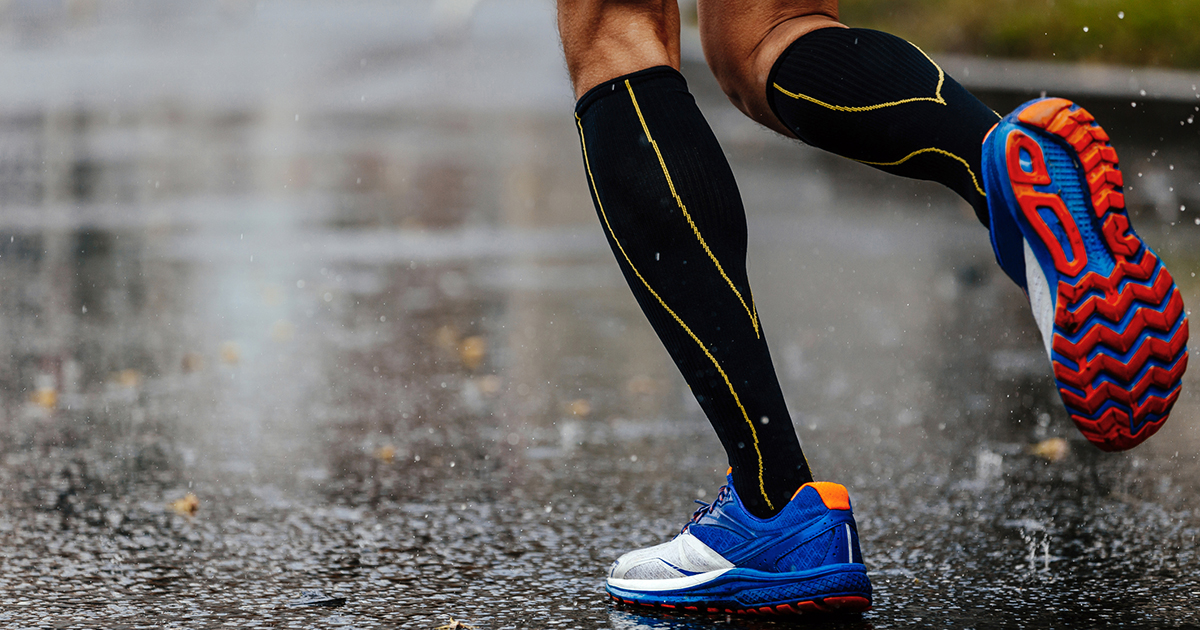How To Treat Phlebitis Efficiently
Wear Compression Socks

Phlebitis patients can ease symptoms easily by wearing compression socks. Compression can help improve blood circulation and prevent clotting. Compression socks work by putting pressure on the veins in the legs by squeezing the exterior layer, stimulating blood to flow upward into other areas of the body. In addition, compression socks can ease the swelling. If preferred, patients can use the socks while on a walk or performing other physical activities.
Several studies have documented the effectiveness of compression socks for treating venous issues like phlebitis. A study conducted in 2004 collected the results from patients with deep vein thrombosis, a closely related disease, over the course of five years. The patients wearing compression socks saw fewer adverse effects from deep vein thrombosis compared to those in the control group.
Elevate The Leg Or Arm

Standing up and sitting down for long periods is known to put pressure on leg veins. The veins are already working hard enough to keep the blood flowing throughout the body and from settling into the feet area. This is precisely why elevating the affected leg or arm is so beneficial.
Multiple techniques involve elevating the leg and arm. A common leg elevation technique is for patients to rest their legs against the wall while lying on their back. Their body will be positioned into a ninety-degree angle, meaning the butt should be against the wall. The legs should be raised at least six inches above the heart. Individuals can also try this using pillows. They should always ensure they are comfortable as the goal is to ease the pain not make it worse. For greater convenience, individuals can consider purchasing an elevation cushion.
